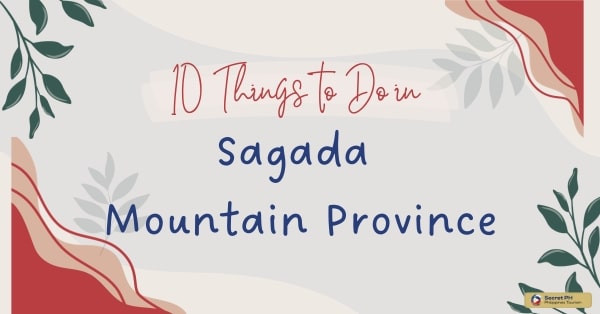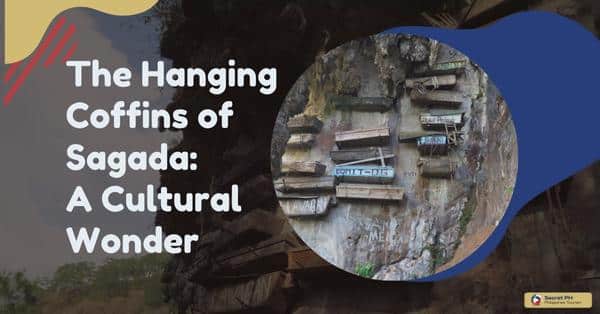Immerse yourself in the rich history and culture of Kiangan, Philippines. Admire the UNESCO-listed Kiangan Rice Terraces, a marvel of agricultural ingenuity. Pay homage at the Kiangan Shrine, a testament to wartime heroism. Explore the Ifugao Museum for a deeper understanding of tradition. Engage in local activities, creating authentic connections. destination.
In this blog post, we’ll explore all the incredible things that Kiangan has to offer and tell you how to get there. So read on and start planning your trip today!
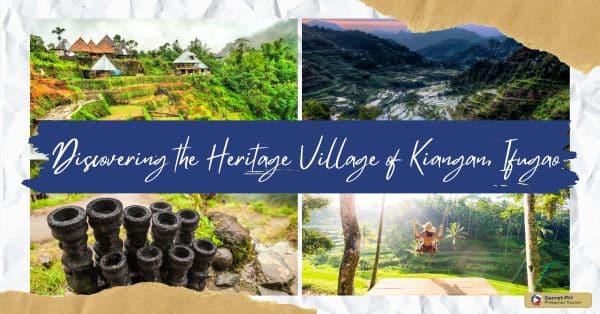
History and Culture of Kiangan
Nestled within the verdant hills of Ifugao, Kiangan is a tapestry woven with the threads of centuries past. The village resonates with the storied history and vibrant culture of the Ifugao people. Rooted in ancient traditions, Kiangan’s community carries on rituals, dances, and customs that have been cherished for generations.
Providing a window into their rich heritage. From the awe-inspiring Kiangan Rice Terraces, a testament to sustainable farming practices, to the Kiangan Shrine that pays homage to wartime valor, the village’s landscape is an intricate canvas that tells the tale of its people’s resilience and reverence for their land.
Every corner of Kiangan exudes the spirit of unity and respect for nature, fostering a way of life that reflects the harmony between man and the environment. As visitors explore this living museum of tradition, they are invited to partake in local rituals, sample native cuisine, and engage with the warm-hearted locals. Through its history and culture, Kiangan unfolds a captivating narrative that bridges the past and present, inspiring a deeper appreciation for the enduring legacy of the Ifugao people.
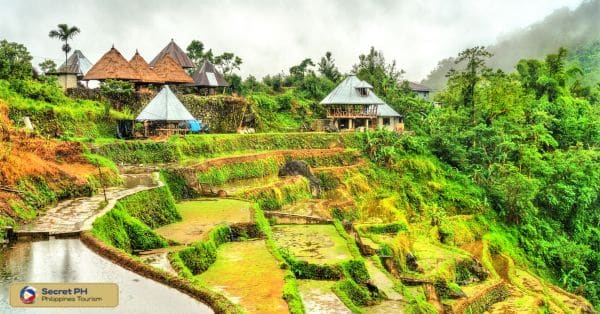
The Kiangan Rice Terraces
A symphony of human ingenuity and nature’s beauty, the Kiangan Rice Terraces stand as a marvel of agricultural innovation. Etched into the mountainsides of Kiangan, these terraces tell a tale of sustainable farming practices that have endured for generations.
Each terrace is meticulously sculpted to follow the contours of the land. Not only showcases the Ifugao people’s mastery of engineering but also exemplifies their harmonious relationship with the environment.
Stretching like intricate staircases to the sky, the terraces reflect the interplay between the hands of farmers and the elements, serving as both a source of sustenance and a visual testament to the local culture. As visitors traverse the terraces, they are enveloped in a landscape that speaks of the profound connection between humans and their surroundings.
The Kiangan Rice Terraces is recognized as a UNESCO World Heritage Site. Stand not just as a testament to the past, but as a living reminder of the profound wisdom and artistry of the Ifugao people.
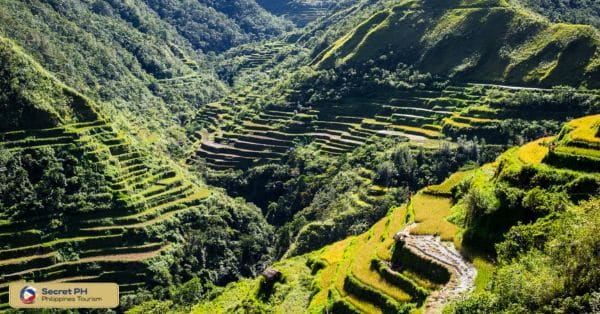
Kiangan Shrine
Perched amidst the tranquil landscapes of Kiangan, the Kiangan Shrine is a solemn tribute to the valor and sacrifices made during World War II. This historic monument commemorates the gallant stand of General Yamashita and the American-Filipino forces in a pivotal battle. The shrine’s architecture and surroundings evoke a sense of reverence, inviting visitors to reflect on the past and honor the courage of those who defended this land.
The Kiangan Shrine’s significance reaches beyond its role as a memorial. It serves as a bridge between history and the present, offering a glimpse into the tumultuous events that unfolded in the region.
As visitors pause to pay their respects, they engage with the narrative of resilience and unity, reminding us of the importance of acknowledging and preserving the stories that shape a community’s identity. The Kiangan Shrine stands as a poignant reminder of the sacrifices that have shaped the course of history in this tranquil village.
For directions, click here.
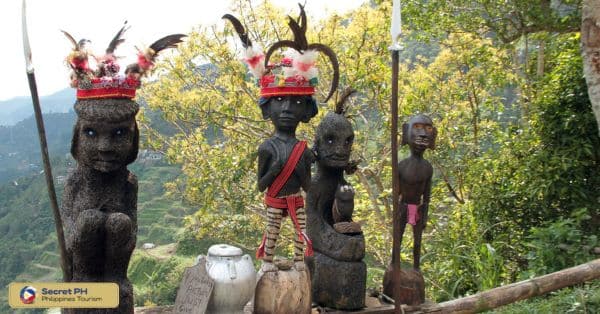
The Ifugao Museum
Nestled within the heart of Kiangan, the Ifugao Museum is a treasure trove of cultural heritage and insight. Stepping into this repository, visitors are transported into the intricate world of the Ifugao people, adorned with an array of artifacts that chronicle their past. Traditional clothing, ancient tools, intricate crafts, and historical remnants all converge to paint a vivid picture of the community’s evolution, customs, and way of life.
The museum transcends being a mere collection of artifacts; it’s a portal into the living history of the Ifugao people. Every exhibit narrates a story, revealing the lineage of customs, beliefs, and practices that have sustained the community for ages.
As visitors immerse themselves in this rich tapestry of culture, they forge a connection with the past while acknowledging the resilience that has allowed these traditions to endure and thrive. The Ifugao Museum, a sanctuary of knowledge and heritage, bridges generations and fosters an appreciation for the intricate fabric of Ifugao society.
Address: Q3HJ+FW7, Kiangan, Ifugao
For directions, click here.
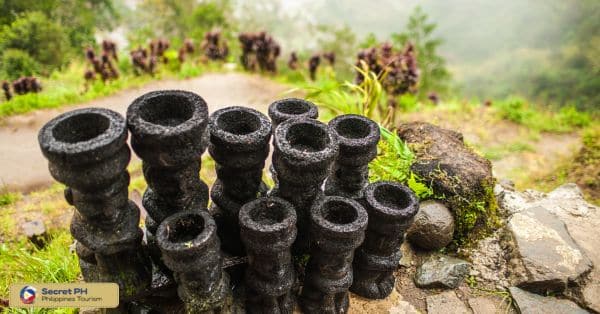
Other Things to Do in Kiangan
Beyond its historical landmarks and cultural treasures, Kiangan village beckons travelers to engage in a range of activities that promise both insight and immersion. From embracing local traditions to venturing into the heart of nature, Kiangan offers a dynamic array of experiences for every type of explorer.
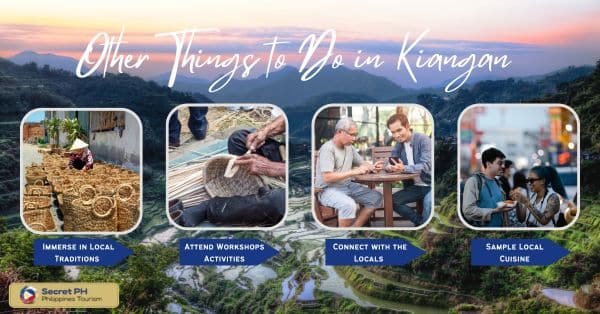
Immerse in Local Traditions
Delve into the heart of Ifugao culture by engaging in age-old traditions. Participate in traditional dances, learn about ancestral rituals and witness demonstrations of craftsmanship. Interacting with the locals provides a genuine insight into their way of life, fostering a sense of connection and appreciation.
Attend Workshops and Cultural Activities
Participate in workshops that offer hands-on experiences of Ifugao craftsmanship. Learn to weave traditional textiles, create intricate wood carvings, or try your hand at local cooking techniques. Engaging in these workshops not only imparts new skills but also deepens your appreciation for the cultural intricacies of the community. Through these immersive experiences, you’ll forge authentic connections and create lasting memories while becoming a part of the living heritage that defines Kiangan.
Connect with the Locals
Engage in conversations with the friendly locals, sharing stories and exchanging insights. A visit to Kiangan isn’t just about seeing sights; it’s about forming authentic connections and embracing the warmth of the community. Engaging with the people allows you to glean firsthand knowledge of their way of life, beliefs, and aspirations. These interactions not only enrich your journey but also leave an indelible mark, fostering a profound connection that allows you to truly embrace the spirit of Kiangan and its welcoming people.
Sample Local Cuisine
Savor the culinary delights of Kiangan by indulging in its authentic local cuisine, a journey for the taste buds that uncovers the region’s rich flavors and culinary traditions. From traditional dishes crafted with locally sourced ingredients to unique preparations that reflect the community’s heritage, sampling the local fare offers a sensory exploration that deepens your connection to the village. By experiencing the tastes of Kiangan, you’ll not only nourish your body but also gain a deeper appreciation for the cultural intricacies that define this captivating destination.
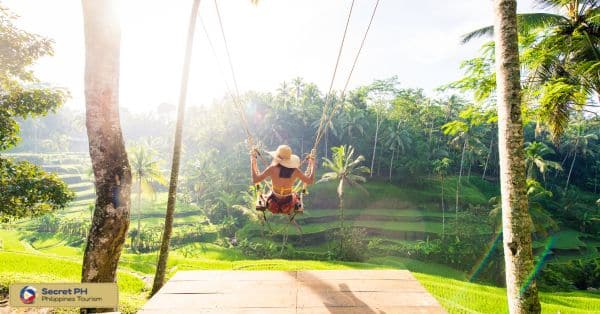
How to Get to Kiangan
The journey to Kiangan is as enchanting as the destination itself. Accessible through a series of well-connected routes, reaching this heritage village requires a blend of transportation modes that lead to a rewarding adventure.
Whether you’re coming from within the Philippines or abroad, there are several pathways that will guide you to the heart of Kiangan’s captivating landscapes and cultural riches.

By Plane
There is no commercial airport in Kiangan. The nearest airport is the Lagawe Airport, which is about an hour’s drive from Kiangan. There are daily flights from Manila to Lagawe Airport. From Lagawe Airport, you can take a taxi or a bus to Kiangan.
The Lagawe Airport is a small airport with a few flights per day. The flights are usually operated by small airlines, such as Air Juan and Sky Pasada. The airport is located about an hour’s drive from Kiangan.
The taxi fare from Lagawe Airport to Kiangan is around PHP 500. The bus fare is around PHP 200.
If you are flying to Kiangan, it is best to book your flight in advance, especially during the peak season (December to February).
By Bus
If you prefer a more budget-friendly option, you can reach Kiangan by bus. Buses bound for Lagawe or Banaue are available at various bus terminals in Manila. This land travel route takes approximately 8-10 hours, depending on traffic conditions and stops along the way.
|
Bus Company |
Departure Time |
Departure Area |
Contact Information |
|---|---|---|---|
|
Victory Liner |
8:00 PM, 10:00 PM, 11:00 PM |
Victory Liner Terminal, Pasay City |
www.victoryliner.com |
|
Ohayami Trans |
9:50 PM |
Ohayami Trans Terminal, Caloocan City |
ohayamitrans.com |
|
Coda Lines |
20:00 PM, 21:00 PM |
Coda Lines Terminal, Quezon City |
codalinesph.com |
By Car
For those who prefer the flexibility of driving, traveling to Kiangan by car is also an option. From Manila, you can take the North Luzon Expressway (NLEX) and continue on the Subic-Clark-Tarlac Expressway (SCTEX). Then, follow the route towards Baguio City until you reach Banaue. From Banaue, it’s approximately a 40-minute drive to Kiangan.
Additionally, once you arrive in Kiangan, you can get around by tricycle or by foot. Tricycles are the most common way to get around Kiangan. They are cheap and convenient, but they can be quite crowded. If you are only going a short distance, you can walk.

Tips for Visiting Kiangan
Kiangan is a destination that offers more than just sights and attractions. To truly immerse in the village’s culture and history, here are some tips to take note of before you set off on your journey:
Familiarize yourself with the local customs and etiquette: From respecting sacred sites to understanding traditional rituals, becoming aware of the customs and traditions of the community is an important part of your journey. Read up on the history and culture of Kiangan before you set off, allowing yourself to gain a deeper understanding of their way of life.
Take time to engage with the locals: Connecting with the locals is an essential part of your trip. Whether it’s engaging in conversations or participating in traditional activities, interacting with Kiangan’s inhabitants offers a chance to discover the past and present of this heritage village.
Pack appropriately: Bring comfortable clothes suitable for hiking or other physical activities such as trekking and walking. Since Kiangan is situated at a high altitude, bring thick jackets and layers to keep you warm. Additionally, don’t forget sunscreen and a hat to protect you from the sun’s rays.
Respect the environment: Kiangan is blessed with breathtaking landscapes and lush greenery. Keep this in mind when exploring, remembering to take only pictures and leave only footprints.
Have fun: Last but not least, don’t forget to enjoy! Kiangan Village offers countless activities that will challenge, amaze, and reward you. Allow yourself to be captivated by its beauty and embrace the unique experience it offers.
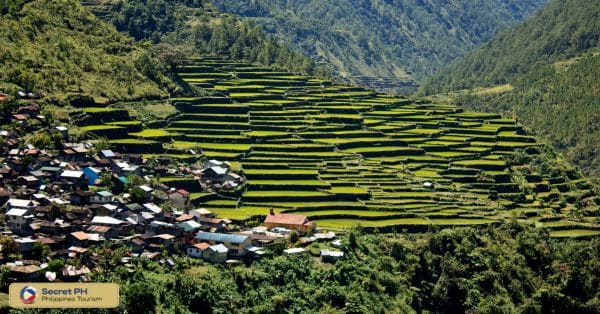
In conclusion
Kiangan is a destination of history and culture, offering travelers the opportunity to explore its captivating landscapes and immerse in its rich cultural heritage.
From discovering ancient monuments to interacting with locals, embarking on a journey through this heritage village promises an unforgettable adventure that celebrates the legacy of the Ifugao people. Whether you’re seeking historical insight or cultural immersion, Kiangan is a destination of timeless beauty and enchantment awaiting to be explored.


